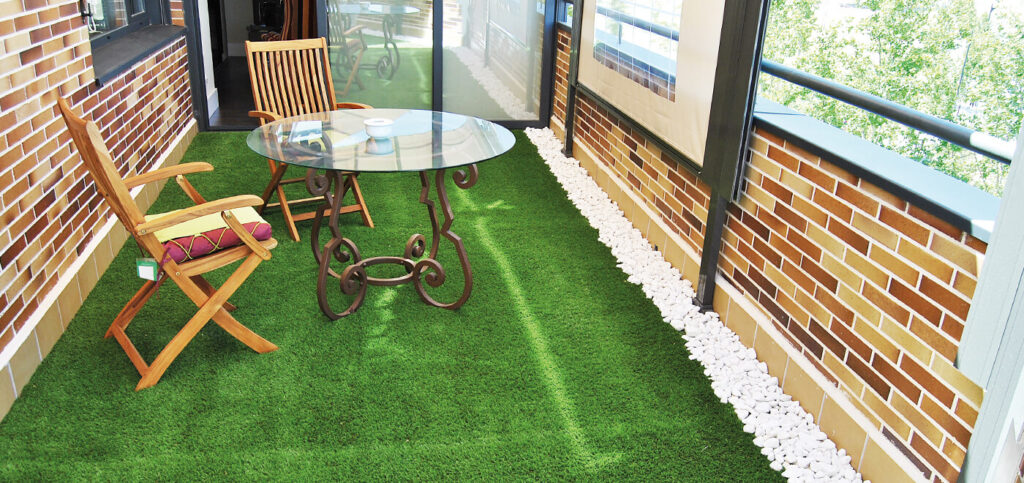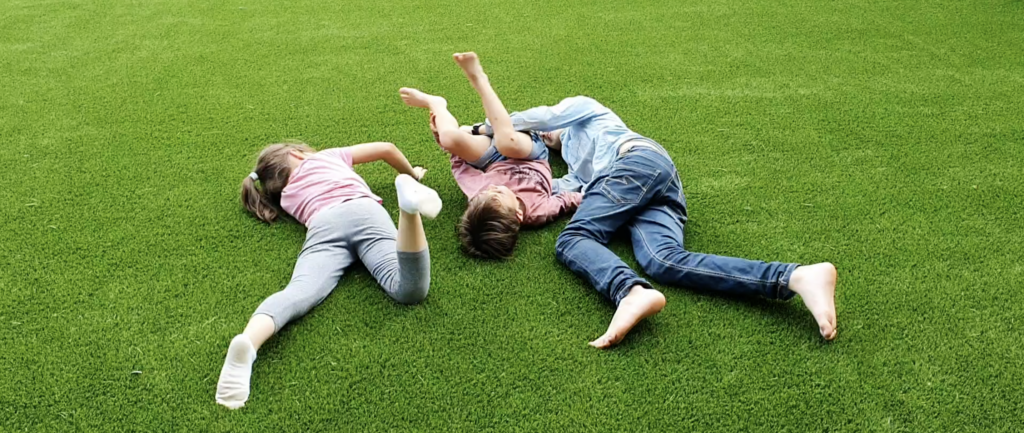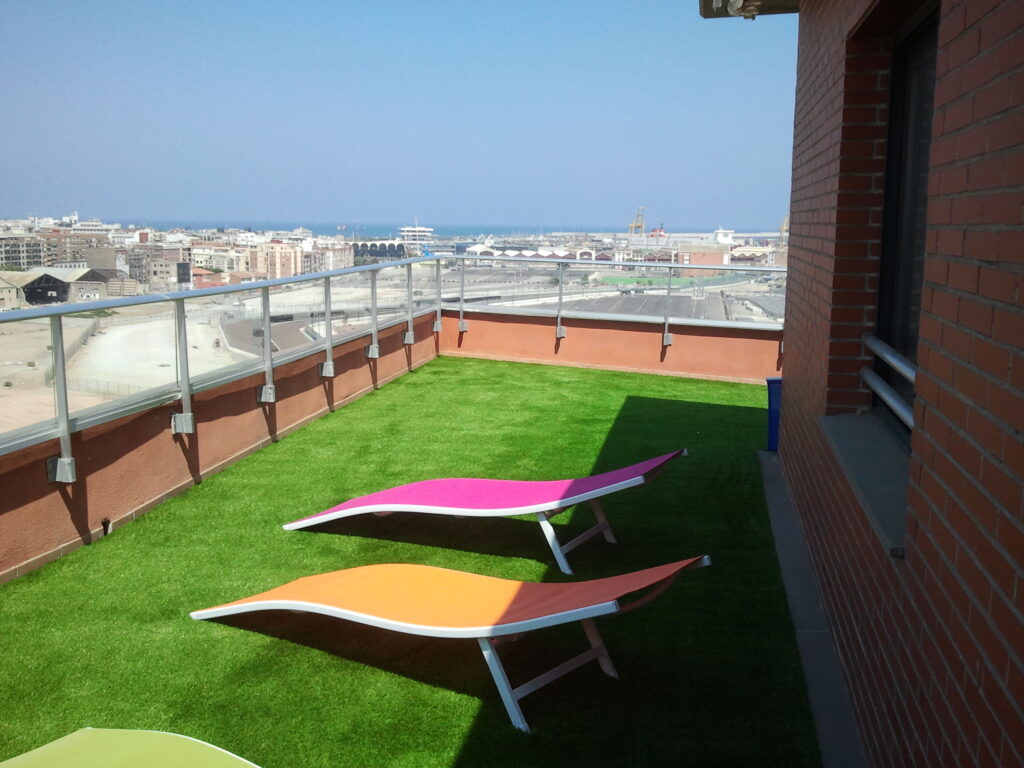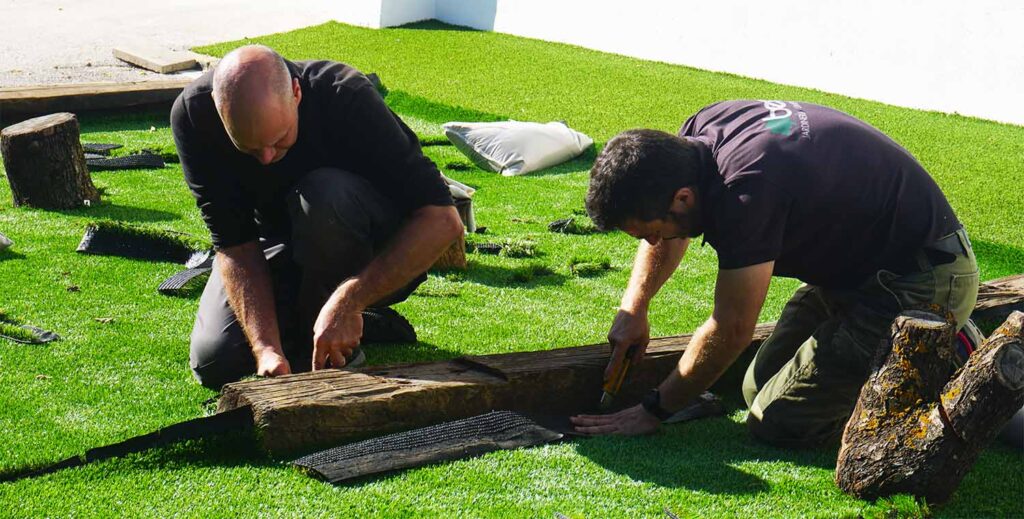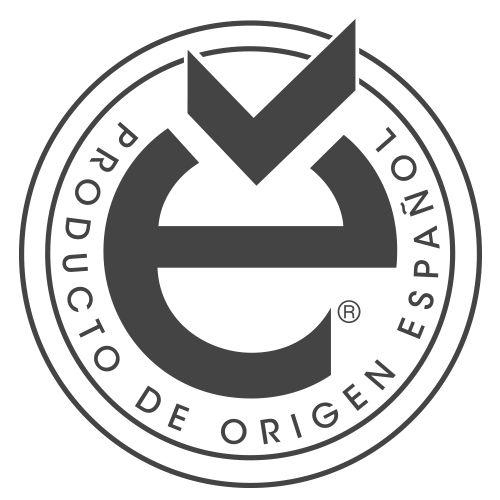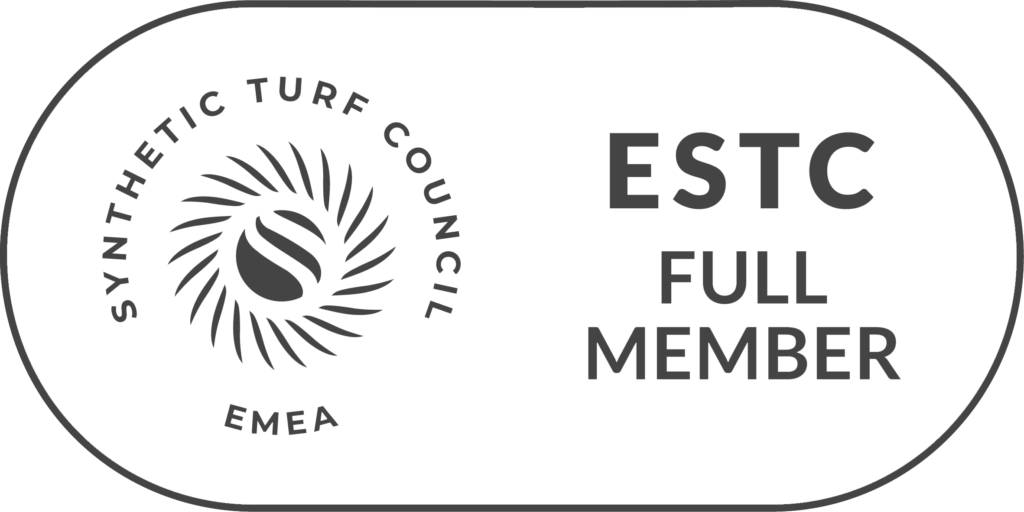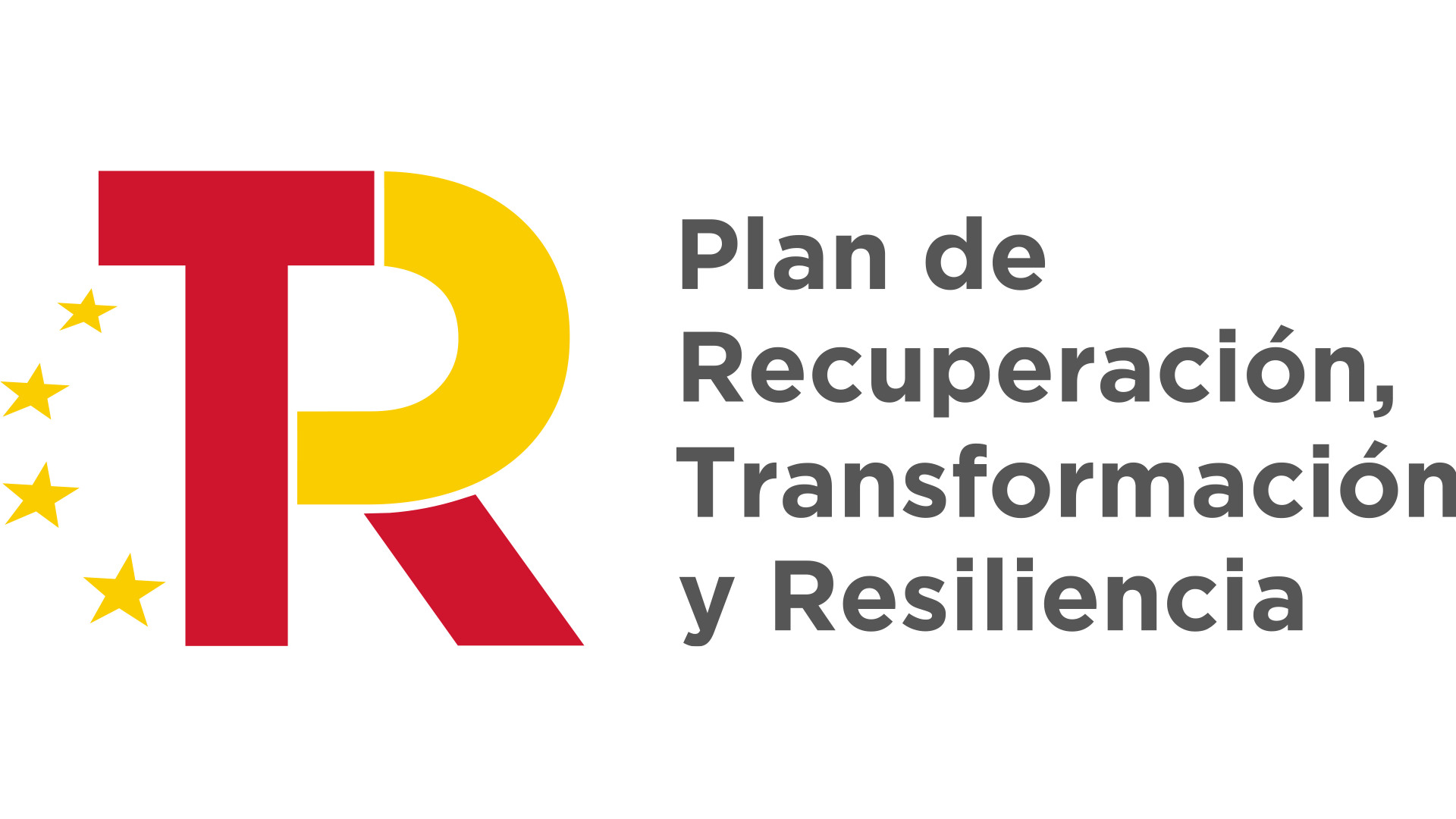Have you ever wondered how a large soccer field is well maintained throughout the year to keep its grass green? Surely, a lot of you may have thought how costly its maintenance would be, particularly in making sure that the turf does not wither during the summer season. But there is actually a secret to that.
Many sports arenas nowadays make use of the artificial turf. Also known as synthetic turf, artificial turf is basically a synthetic grass. While it looks and feels exactly like real grass, it is not the real thing. So, just as you may have thought that maintenance is required to keep the grass green in sports stadiums and football fields, minor upkeep is what’s only required.

Why is Artificial Turf so Popular?
The primary reason behind the popularity of artificial turf nowadays is that it helps keep the maintenance costs at a minimum. Furthermore, it is also used to avoid the use of irrigation as well as to keep the grass as green and alive as it can be. With real grass exposed to intensive use e.g. large fields that are mainly used for sports, the chances are very high that it will get damaged quickly and will require some time to grow back to its original condition.
For sports lovers, artificial turf provides an opportunity to exercise at their best, anytime. Synthetic turf, in fact, allows to have sports facilities that are perfectly suitable and efficient for the games throughout the year, even in areas that are at great climatic disadvantage.
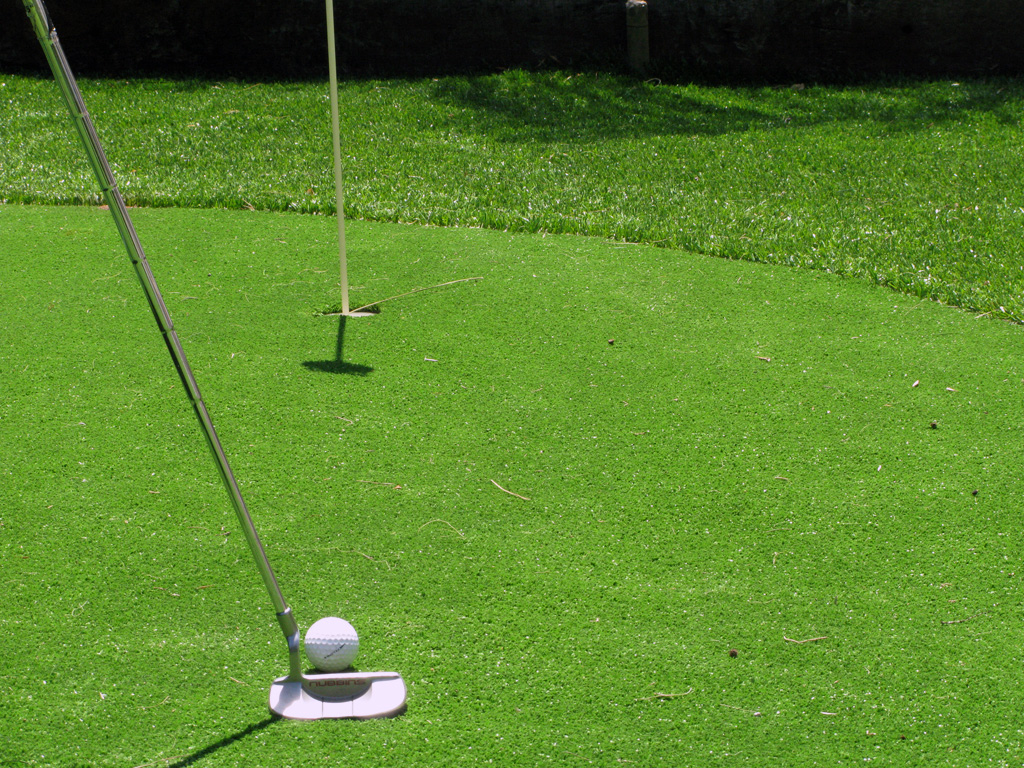
The success of the artificial turf for sports fields, however, not just depends on the quality of every single element that composes it (the rubber infill granules and the synthetic turf in particular), but also from the technical expertise by which it is designed and built.
Benefits
When skillfully-made, artificial turf sports fields have some benefits as compared to natural grass sports fields:
- They require lower upkeep costs.
- You can use the sports field without any limits, regardless of the seasonal factors. The utilization limits of such fields are way beyond what a natural field generally offers.
- The thermoplastic rubber infill ensures the highest level of safety for players, with significantly reduced risks of muscular injuries and great shock-absorbance, while the softness and homogeneity of surface offer ideal game conditions.
When to Consider Artificial Turf for a Sports Field?
A synthetic turf field is specifically advisable when there is a high demand for intensive use of the sports field that can exceed 25 hours per week. This is because it is the amount of time after which maximum potential of the use of a natural sports field is overrun and its efficiency is seriously reduced.

Artificial turf is also a very interesting investment in case of sports fields to rent by the hour (as generally happens in numerous public or private structures) because they allow a constant use of the facility. Many five-a-side soccer fields, multi-purpose tennis fields, and five-a-side pitches are made with artificial turf for an intensive use of the sports facility.


